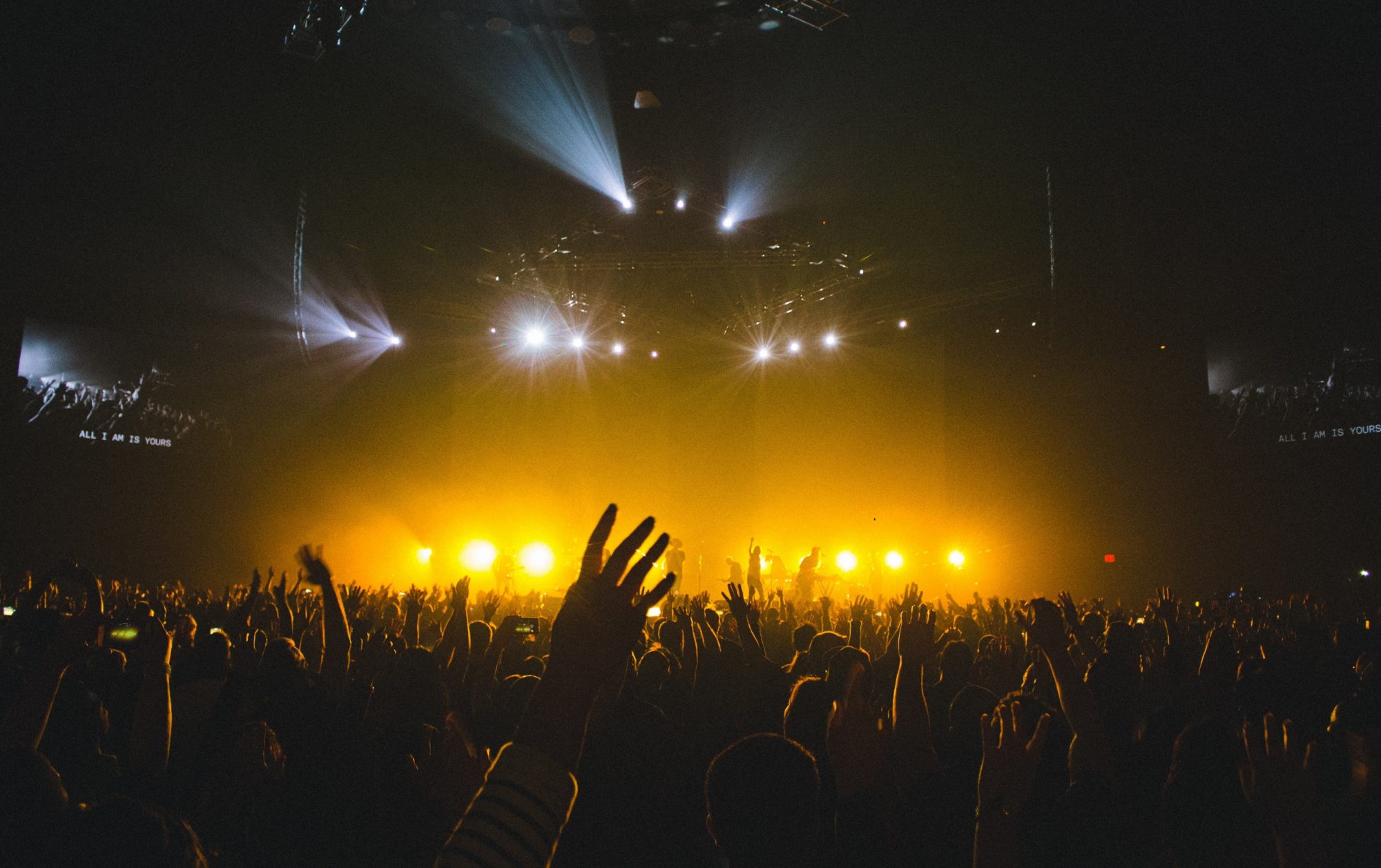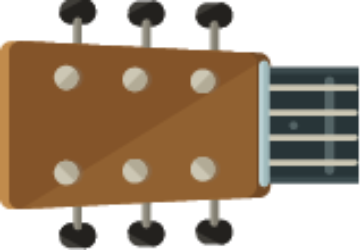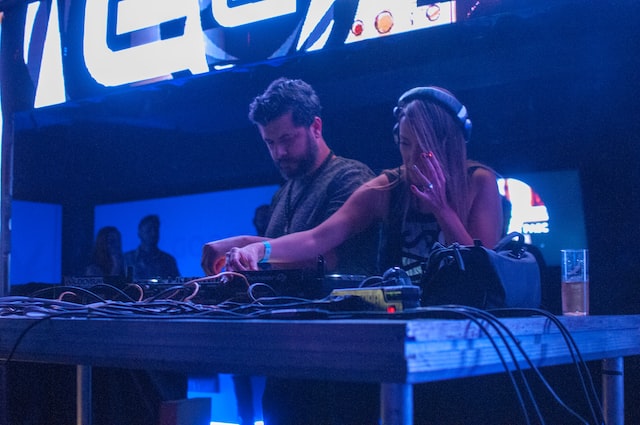You may be wondering which types of music are popularly played in an Edinburgh nightclub. These genres include House, Electronic dance music, and Hip Hop, to name a few. Fortunately, there are many choices in each of these genres, so you’re sure to find something that suits your taste, whether young or old.
A nightclub is where people can go dancing the night away. It’s also a place that caters to specific types of music and themes. If you love dancing or want to learn how working in a nightclub might be your dream job.

From bro house to trap, nightclubs have become more than just a place for people to go and dance. They’ve become an institution that caters to the diverse musical tastes of their patrons.
Since there are so many different types of music out there, it makes sense that there are also different genres of music played in nightclubs based on these genres. We’ll be focusing on some of the most popular types of music played at nightlife establishments around the world.
From R&B to EDM, the following article covers some of the most common types of music played in nightclubs.
Hip Hop
Hip Hop is a popular music genre developed initially in the Southern part of the United States. The genre has since made its way into the mainstream as part of electronic dance music.
The emergence of rapping marked the genre’s early evolution. In the 1970s, the New York Times dubbed Philadelphia the “Graffiti Capital of the World”. DJ Lady B was the first female solo hip-hop artist, recording her hit “To the Beat Y’All” in 1979. Another MC team, Schoolly D, introduced the gangsta rap style to the nightlife scene.
House
House music began as the music of the disco era. However, it became prominent in the 1970s when the Chicago nightclub “The Warehouse” opened in 1977. The Warehouse was the birthplace of house music, with DJ Frankie Knuckles as its first musical director. The club attracted a predominantly gay, black, and Latino crowd, who danced to house-influenced tunes.
House music grew in popularity in Chicago during the 1980s. It was pioneered by Black American DJs who had a passion for synthesizers, particularly those from Roland and Korg. Some of these pioneers were Ron Hardy and Frankie Knuckles. Screamin Rachael, another Chicago DJ, helped start the influential house label Trax Records. She was also involved in the burgeoning punk scene and helped create the sound of industrial music.
Electronic dance music
Electronic dance music (EDM) is a music genre primarily intended for dancing. A repetitive beat and synthesized backtrack characterize its sound. Different types of music have their origins and influences. Various cultural factors often influence their styles, including traditions, hustles, and musical instruments. These styles also have varying periods of popularity. Some types have a worldwide following, while others are only found in certain countries and societies.
The popularity of electronic dance music in the United States grew in the second half of the 2000s. The genre had previously carved out a small beachhead in the country. However, the growth of the Internet made it easier for people to listen to music that had previously been unheard of. In addition, dance-music production techniques were becoming increasingly common in mainstream genres such as hip-hop and pop.
Easy listening
The easy-listening genre is a popular choice for many nightclubs. It is characterized by its mellow tones and a retro or ’space age’ theme. Beautiful instrumentals often accompany this music. It may include chillout and downtempo influences, as well as modern electronica. The goal is to provide an experience that evokes a relaxing, nostalgic mood.
Rhythm and blues
Rhythm and blues are forms of popular music that originated in Africa and later spread to the United States. This genre was made famous by black musicians of African descent. It combines the sounds of jazz, blues, and pop. The term was coined in 1947 by Jerry Wexler, the editor of the trade journal Billboard. At the time, some record companies considered the term demeaning and changed the name. However, the term had already been used in articles and news for two years.


